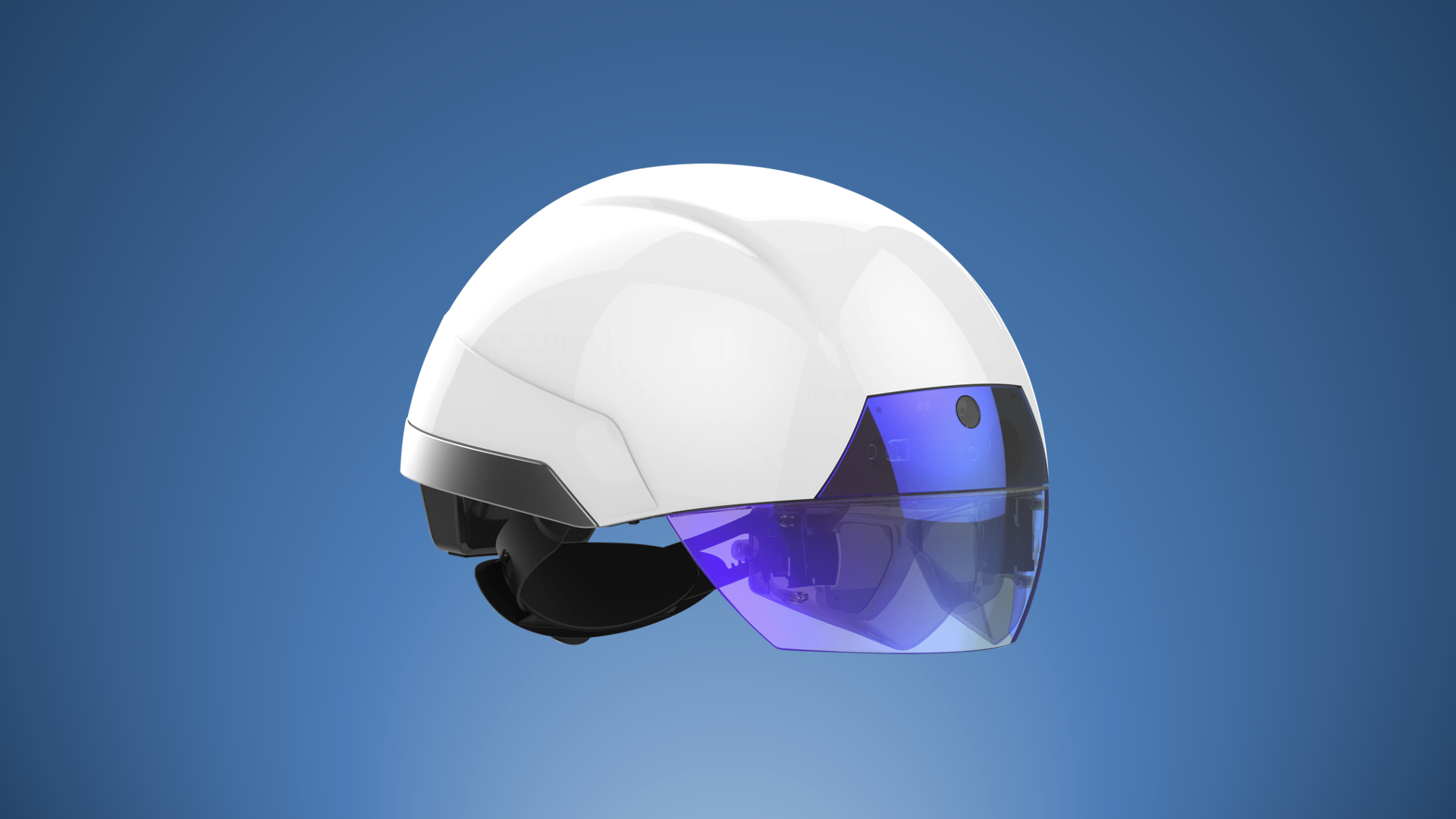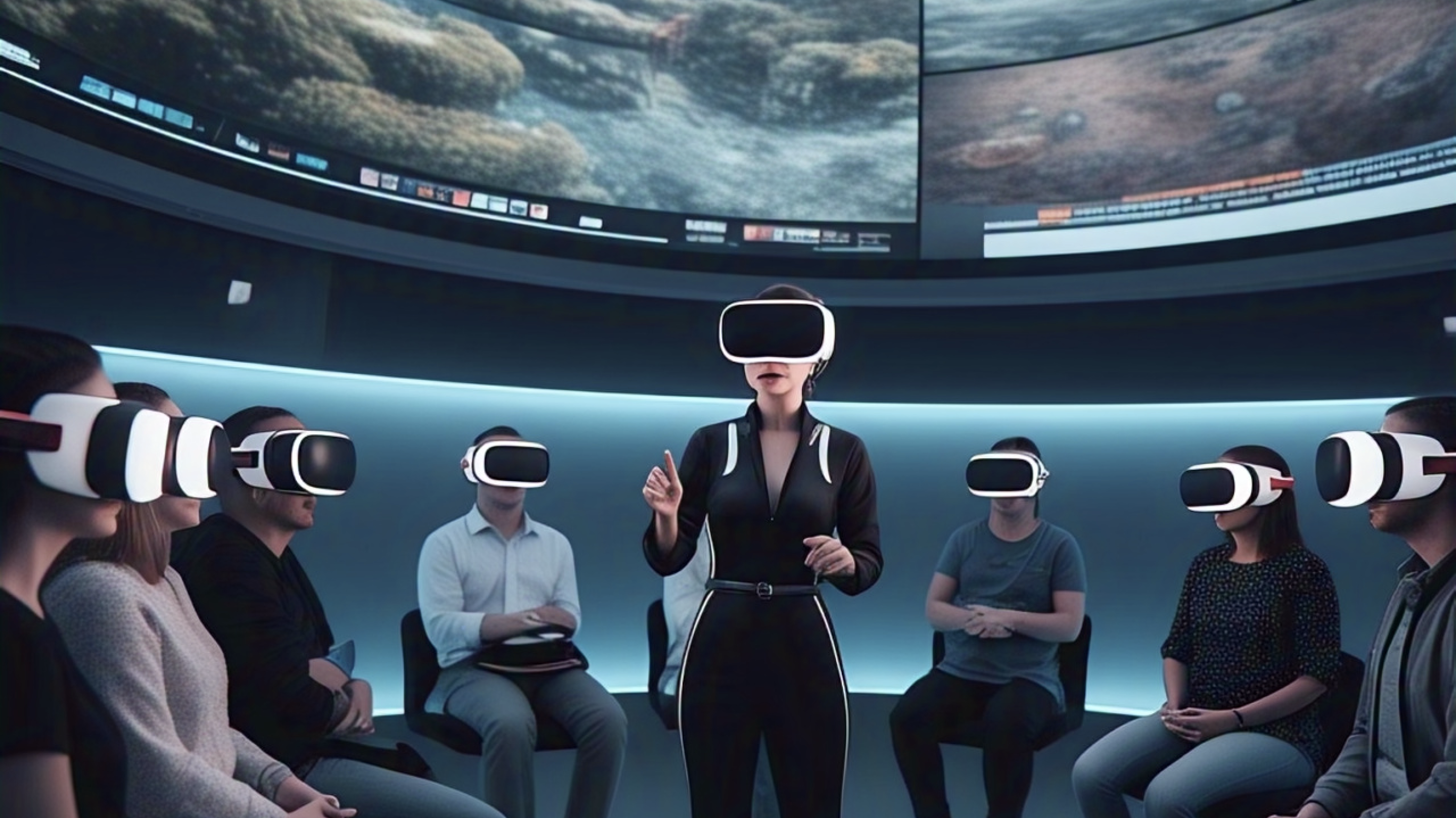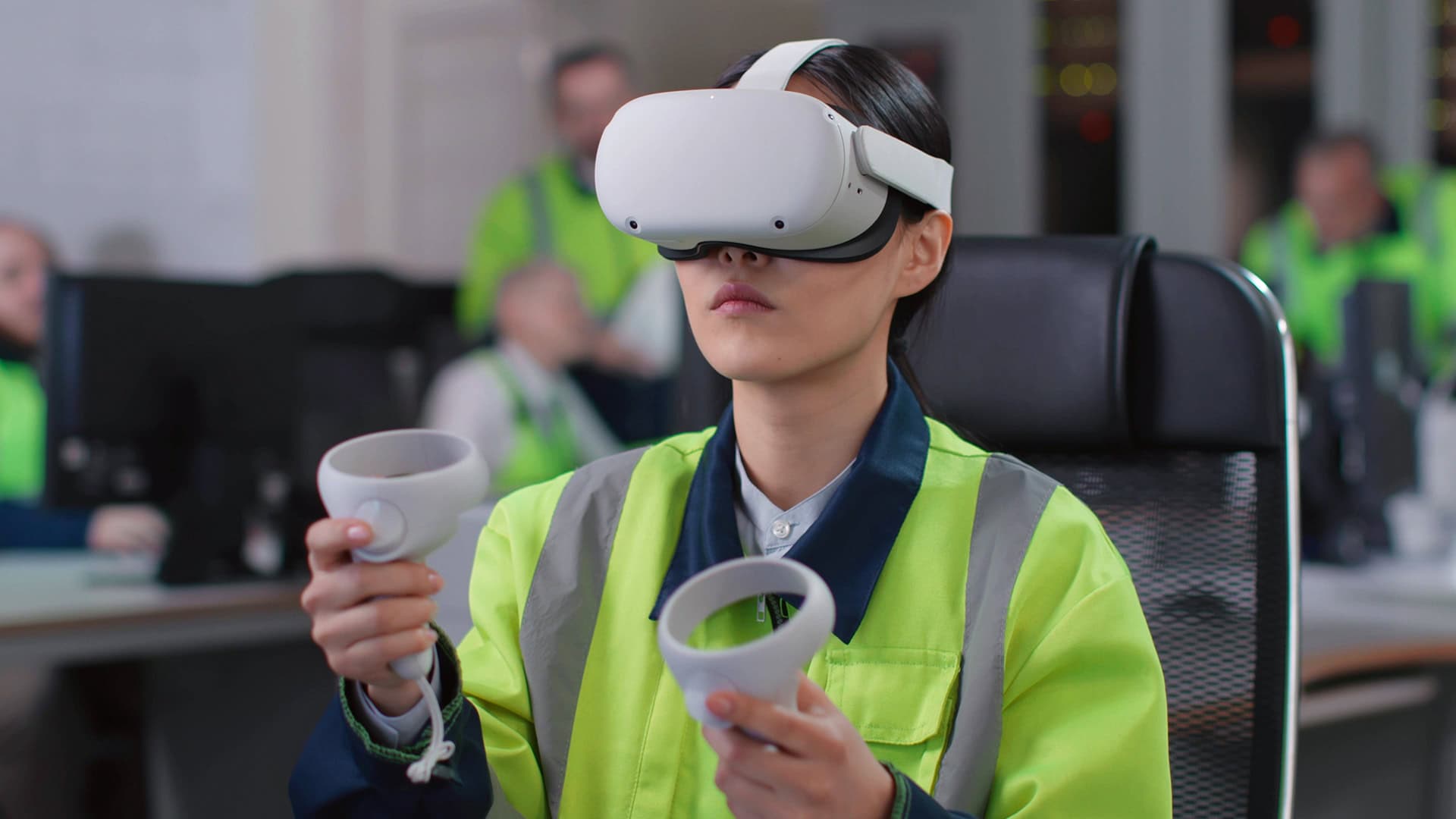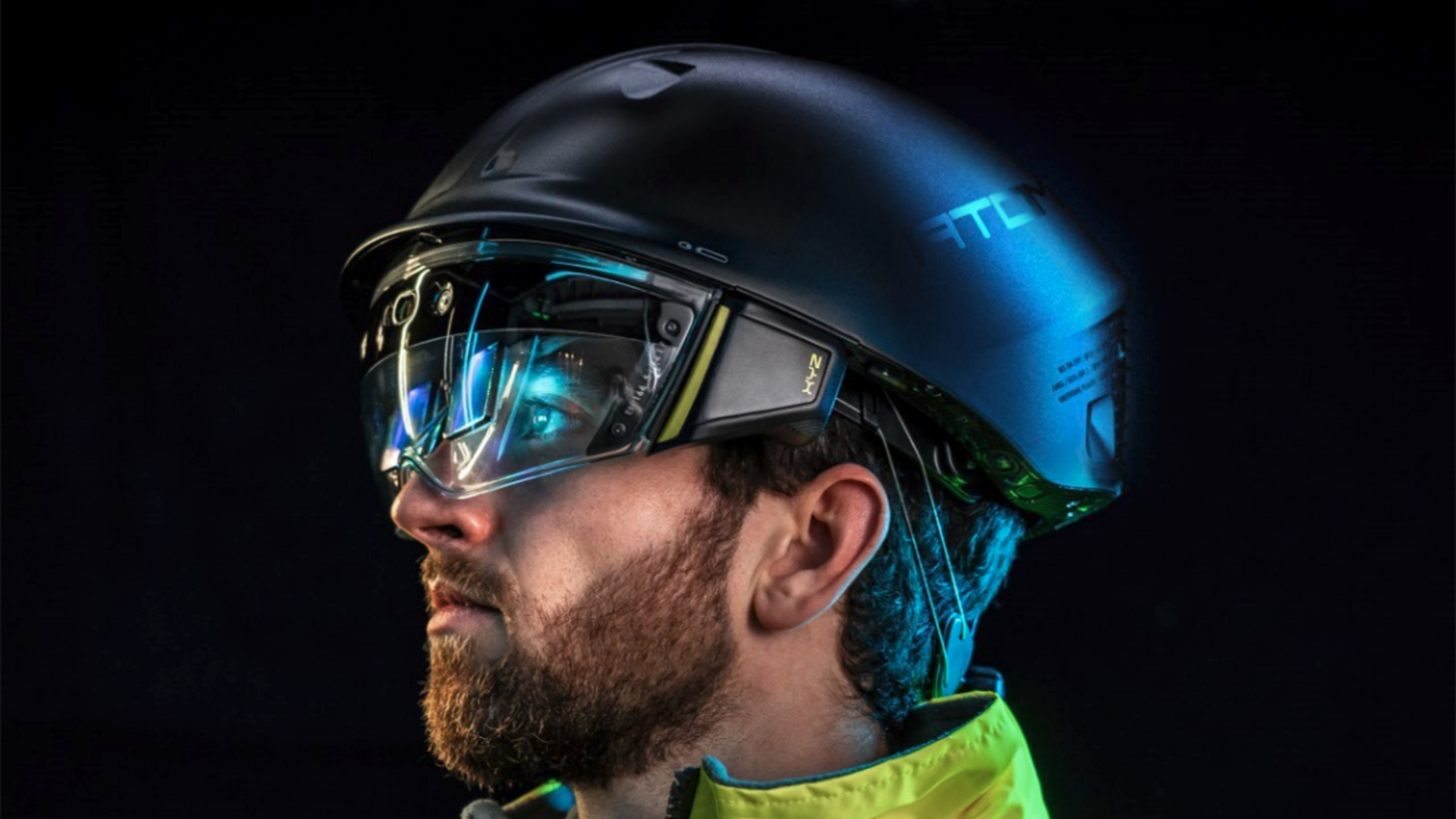Welcome back to AWE Talks, our series that revisits the best of AWE’s conference sessions. With AWE AWE USA 2024 just around the corner, we're switching things up. Rather than look back on past content, we're looking forward.
Specifically, we're interviewing inductees to AWE's Hall of Fame. What are their biggest insights, observations and advice for XR pros? This week we dive into these questions with DAQRI founder and AR pioneer Brian Mullins.
See our discussion below and see more about Mullins and his pioneering work on his XR Hall of Fame profile.
__________
MB: Throughout your career in XR – being commemorated by your AWE Hall of Fame induction – what were the biggest challenges? Were they tech-oriented or market-based? Or both?
BM: Both. They were all super hard. But we had the most amazing team in the world and could solve and did solve the tech-oriented problems that needed solving. Market-based problems are much larger and it doesn’t matter how good your team is, or how good your tech is, if the market isn’t ready there’s not much you can do. We tried to make the market ready. We probably accelerated the timeline for it by several years. But there’s always a risk in being a first mover. I just saw so much potential for the technology, I couldn’t sit on the sideline and watch it spring up around me a few years later. I needed to be in the frontline making it, designing it, testing it, pushing it forward and breaking down barriers. So that’s what we did. We were the first XR for enterprise hardware and software providers. We were just a little too early.
MB: Any surprises along the way? What were things that you learned that changed your thinking/perspective or pre-conceived notions – either with the technology or the market dynamics?
BM: We learned quickly that if we wanted to design spatial computing interfaces that would actually work for human beings, pop culture was not the place to look. Even though we loved the early examples we saw in movies like Iron Man and Minority Report, we learned so much more from some of the classics of Industrial Design that were made in the 1950s and 1960s. In 1959, Henry Dreyfuss wrote a seminal piece on the human factors for design that influenced our thinking more than anything else. (Editor's note: see Dreyfuss' article here).
MB: There have been ups and downs in XR in terms of excitement, investment, market troughs, etc. Where do you believe we are now in XR lifecycle?
BM: AI and AR go through similar cycles of funding, hype, disappointment, and criticism followed by renewed cycles of interest and value creation. I think both AI and XR are at the beginning of another wave of excitement that will deliver some real results in the next few years.
MB: Similarly, what advantages and underlying tech do today's XR innovators get to build upon, compared to resources and available tech in your early career?
BM: When we started, nothing was available and nobody knew anything about augmented reality. We had to build everything from scratch, including the hardware, the optics, the software, the apps, and we had to educate everyone we met. We’d go to trade shows like CES with a huge, impossible list of components we needed to source from hundreds of different vendors and find out ways of making them work together. And it was all expensive. Today, everything’s so much easier and cheaper. The main barriers are not technological, they’re more about getting humans to embrace a fundamentally different way of interacting with the world.
MB: What are some things you're excited about for the near future of XR, and what predictions do you have for the next 1-2 years?
BM: AI and XR and both maturing at a rapid rate and though we’ve seen early glimpses of what this intersection will look like, we’re just at the beginning of something that is going to be massive. XR will give us new ways of explaining the underlying processes of how complicated AI decision-making gets created, and AI will act as a force multiplier for the creation of highly personalized XR experiences in real time. In the next 1-2 years we’ll see more of how the collision of these two technologies will change the way we learn, tell stories, and connect with people and ideas all over the world.
MB: Given your perspective and depth of experience in this industry, what strategic advice do you have for startups or career advice for early-career pros in XR?
BM: Don’t be constrained by any limits that are currently holding you back. Limits can be technological, physical, societal... they’re everywhere, they feel real, and when we accept them as real, they hold us back. But most of them can be overcome. The only limitations that can really hold us back are the ones that we are willing to accept.
MB: Thanks Brian for your time and insights. We will see you at AWE!
__________
 Want more XR insights and multimedia? ARtillery Intelligence offers an indexed and searchable library of XR intelligence known as ARtillery Pro. See more here.
Want more XR insights and multimedia? ARtillery Intelligence offers an indexed and searchable library of XR intelligence known as ARtillery Pro. See more here.
Specifically, we're interviewing inductees to AWE's Hall of Fame. What are their biggest insights, observations and advice for XR pros? This week we dive into these questions with DAQRI founder and AR pioneer Brian Mullins.
See our discussion below and see more about Mullins and his pioneering work on his XR Hall of Fame profile.
__________
MB: Throughout your career in XR – being commemorated by your AWE Hall of Fame induction – what were the biggest challenges? Were they tech-oriented or market-based? Or both?
BM: Both. They were all super hard. But we had the most amazing team in the world and could solve and did solve the tech-oriented problems that needed solving. Market-based problems are much larger and it doesn’t matter how good your team is, or how good your tech is, if the market isn’t ready there’s not much you can do. We tried to make the market ready. We probably accelerated the timeline for it by several years. But there’s always a risk in being a first mover. I just saw so much potential for the technology, I couldn’t sit on the sideline and watch it spring up around me a few years later. I needed to be in the frontline making it, designing it, testing it, pushing it forward and breaking down barriers. So that’s what we did. We were the first XR for enterprise hardware and software providers. We were just a little too early.
MB: Any surprises along the way? What were things that you learned that changed your thinking/perspective or pre-conceived notions – either with the technology or the market dynamics?
BM: We learned quickly that if we wanted to design spatial computing interfaces that would actually work for human beings, pop culture was not the place to look. Even though we loved the early examples we saw in movies like Iron Man and Minority Report, we learned so much more from some of the classics of Industrial Design that were made in the 1950s and 1960s. In 1959, Henry Dreyfuss wrote a seminal piece on the human factors for design that influenced our thinking more than anything else. (Editor's note: see Dreyfuss' article here).
MB: There have been ups and downs in XR in terms of excitement, investment, market troughs, etc. Where do you believe we are now in XR lifecycle?
BM: AI and AR go through similar cycles of funding, hype, disappointment, and criticism followed by renewed cycles of interest and value creation. I think both AI and XR are at the beginning of another wave of excitement that will deliver some real results in the next few years.
MB: Similarly, what advantages and underlying tech do today's XR innovators get to build upon, compared to resources and available tech in your early career?
BM: When we started, nothing was available and nobody knew anything about augmented reality. We had to build everything from scratch, including the hardware, the optics, the software, the apps, and we had to educate everyone we met. We’d go to trade shows like CES with a huge, impossible list of components we needed to source from hundreds of different vendors and find out ways of making them work together. And it was all expensive. Today, everything’s so much easier and cheaper. The main barriers are not technological, they’re more about getting humans to embrace a fundamentally different way of interacting with the world.
MB: What are some things you're excited about for the near future of XR, and what predictions do you have for the next 1-2 years?
BM: AI and XR and both maturing at a rapid rate and though we’ve seen early glimpses of what this intersection will look like, we’re just at the beginning of something that is going to be massive. XR will give us new ways of explaining the underlying processes of how complicated AI decision-making gets created, and AI will act as a force multiplier for the creation of highly personalized XR experiences in real time. In the next 1-2 years we’ll see more of how the collision of these two technologies will change the way we learn, tell stories, and connect with people and ideas all over the world.
MB: Given your perspective and depth of experience in this industry, what strategic advice do you have for startups or career advice for early-career pros in XR?
BM: Don’t be constrained by any limits that are currently holding you back. Limits can be technological, physical, societal... they’re everywhere, they feel real, and when we accept them as real, they hold us back. But most of them can be overcome. The only limitations that can really hold us back are the ones that we are willing to accept.
MB: Thanks Brian for your time and insights. We will see you at AWE!
__________
 Want more XR insights and multimedia? ARtillery Intelligence offers an indexed and searchable library of XR intelligence known as ARtillery Pro. See more here.
Want more XR insights and multimedia? ARtillery Intelligence offers an indexed and searchable library of XR intelligence known as ARtillery Pro. See more here. 


